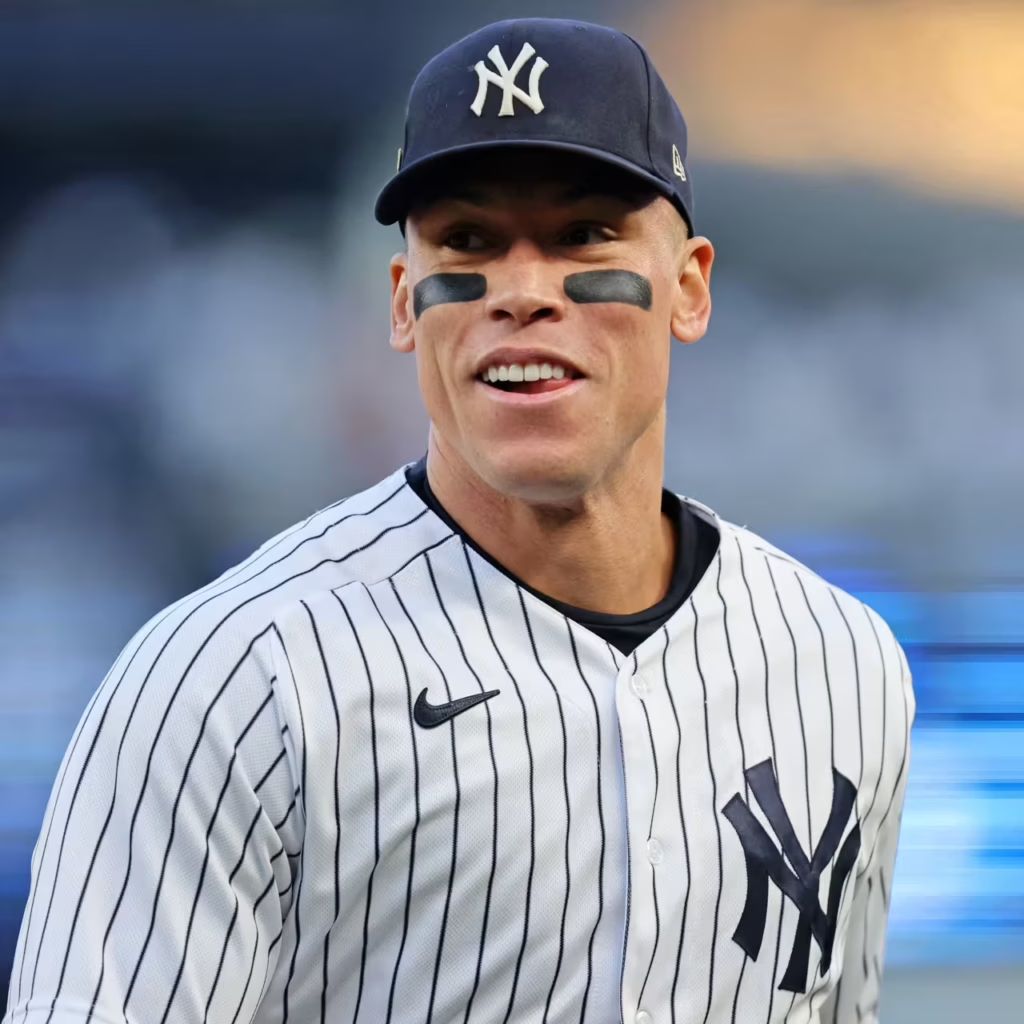With the 2025 Major League Baseball (MLB) season on the horizon, teams have dug deep into their pockets this offseason both to improve their on-field product and to keep their players happy. At the top, we have two major contenders, the Los Angeles Dodgers and the New York Mets, with aggressive spending strategies entering this season.
Los Angeles Dodgers
The Dodgers have established themselves as the highest spenders in MLB by the end of 2025 with a league-leading payroll of $322,569,444. And this large sum shows their determination to stay competitive as one of the franchises to beat. Bookies are looking at the Dodgers as pre-championship favorites following the spending spree but betting fans can check MLB picks on SportyTrader website for all the season matches.
New York Mets
Right behind the Dodgers, the NY Mets have also shown a significant commitment to building a competitive team at $312,071,720. The Mets have gone on a spending spree under the new ownership of Steve Cohen, with star player Juan Soto currently tied to a 15-year, $765 million contract, the first of its kind. This deal includes a $75 million signing bonus, the largest in professional sports history, and a club option that can add $4 million to the base salary annually from 2030-39. With Soto hunched, the Mets offense should be all the more formidable.
Other Notable Spenders
Other teams, too, have made substantial financial commitments, aside from the Dodgers and Mets:
Philadelphia Phillies: The perennial top spender in the game bucks the trend here, but the rotisserie tool has at least kept the Phillies competitive in the National League East and, therefore, somewhat top of mind to the casual baseball fan.
New York Yankees: The ultimate ”money” franchise, with $275,339,047 in payroll. Even with such a large outlay, Yankees owner Hal Steinbrenner has conceded it will be difficult to match the financial clout of a team’s such as the Dodgers.
Toronto Blue Jays: With $234,828,694 spent, The Blue Jays plan of spending big should help them compete in the American League East. Among the biggest questions facing the team this offseason is deciding what to do when first baseman Vladimir Guerrero Jr. becomes a free agent after the 2025 campaign. If his extension talks do not go through, the Blue Jays could look to move him for the best possible return.
Top 5 Biggest MLB Contracts Signed in the 2025 Offseason
With teams vying for dominance, several record-setting contracts emerged this offseason. Below are the five biggest MLB deals in 2025 in terms of total value and impact:
1. Juan Soto – New York Mets
Contract: 15 years, $765 million
Signing Bonus: $75 million (largest in sports history)
Impact: Soto is expected to anchor the Mets’ lineup for the next decade and a half, becoming the face of the franchise.
2. Shohei Ohtani – Los Angeles Dodgers
Contract: 10 years, $680 million (restructured deal with incentives)
Impact: As a two-way star, Ohtani remains one of the most valuable assets in baseball. His marketability alone is worth hundreds of millions.
3. Corbin Burnes – Chicago Cubs
Contract: 7 years, $245 million
Impact: Burnes gives the Cubs a dominant ace to lead a revamped pitching staff aiming for playoff relevance.
4. Matt Chapman – Toronto Blue Jays
Contract: 6 years, $140 million
Impact: The Jays locked down one of the best defensive third basemen in baseball with offensive upside.
5. Josh Hader – New York Yankees
Contract: 5 years, $110 million
Impact: The Yankees paid premium for the game’s top closer, solidifying their bullpen for multiple postseason runs.
These deals reflect the aggressive strategy of teams that are “all-in” on contention now, willing to bet on big names with even bigger price tags.
How Small-Market Teams Compete Without Huge Payrolls
While the Dodgers, Mets, and Yankees dominate headlines, small-market teams in MLB face a very different reality. The Tampa Bay Rays, Oakland Athletics, and Kansas City Royals continue to find creative ways to remain competitive without spending hundreds of millions.
Tampa Bay Rays
Focus on advanced analytics, pitching development, and maximizing defensive versatility
Despite low payrolls, consistently contend due to elite scouting and a top-tier farm system
Oakland Athletics
Continue their cycle of developing stars and trading them before they hit free agency
Heavy investment in international signings and player development systems
Kansas City Royals
Target low-cost free agents and prioritize draft picks
Attempting to rebuild through the draft after World Series success in 2015
While financial constraints limit flexibility, small-market teams prove year after year that smart planning and development can still yield results—even if it means shorter contention windows.
Luxury Tax in MLB: What It Means and Who’s Willing to Pay
One of the biggest economic factors shaping MLB’s landscape is the luxury tax, formally known as the Competitive Balance Tax (CBT). In 2025, the base CBT threshold sits at $237 million, with escalating penalties for teams that exceed it.
Current Luxury Tax Rules (2025)
First-time overage: 20% tax on the amount above the threshold
Second consecutive year: 30% tax
Third consecutive year or more: 50% tax, plus surcharges at $20M, $40M, and $60M levels
Teams like the Dodgers and Mets have not only crossed the threshold—they’ve blown past it. Why? The potential return from playoff revenue, branding, and fan engagement often outweighs the penalties, especially for ownership groups with deep pockets.
However, these spending habits have stirred controversy, as mid-tier and small-market teams struggle to justify similar risks. It’s unclear whether the next CBA will include harsher penalties—or a hard cap—to even the playing field.
Financial Considerations and Parity
The extreme expenditure of teams like the Dodgers and Mets has heightened discussions about the economic chasms within MLB. The disparity of income derived by franchises who spend a ton of cash daily on each roster against those smaller-market teams is greater than ever, and it has fans worried about competitive balance and the sustainability of the game itself for the long haul. The Gini coefficient shows that baseball is at its most financially unequal since 1985, and there’s a group gaining traction that wants to reform those inequities.
Even owners of lower payroll teams, like the Yankees’ Hal Steinbrenner, have admitted the difficulty in competing against franchises like the Dodgers that have this kind of spending power. Even with a considerable payroll of their own, the Yankees cannot compete with the financial muscle of the league’s richest teams, exemplifying the increasing wealth stratification across MLB.
The implications of these fundamental offseason investments will definitely be intently examined. What this means is having the cash to make it rain on free agents, and while it doesn’t mean that success is guaranteed, the investments the Dodgers and Mets have made set them up to to be two very strong contenders. Those questions concerning competitive balance, and the balance of the league’s economic structure will need to be tackled eventually to secure the future sustainability of Major League Baseball.



